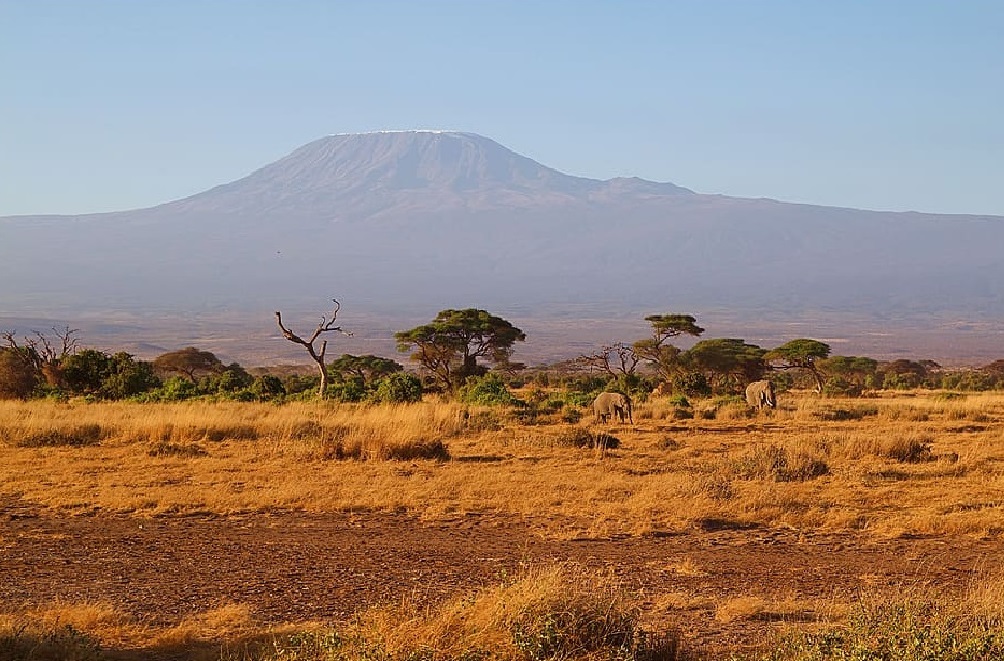The Great Rift Valley is one of the most intricate active fault systems in the world and crosses Africa, and Kenya in particular, from north to south. But if you look at it through the eyes of a passionate tourist, this “valley” is not just a set of geological data but a spectacle of landscapes that follow one another without stopping! And right here, between the Cherangani hills and the Tugen mountains, some volcanoes still active and others dormant, the human race developed in very ancient times.
A safari in Kenya’s Great Rift Valley
The valley of the faults is formed by ravines and stepped slopes, very fertile soils nourished by ancient and modern lava, mountains and volcanoes. Volcanoes and lakes are the main attractions of safaris in this area, safaris that can be done by jeep or even on foot, as real mountain treks! But there is no shortage of water safaris too, however only on a couple of lakes!
From north to south, the valley’s route starts at Lake Turkana and continues through the arid Suguta Valleys and Mud Flats. Then you meet the Mt Emuruangogolak volcano, then Mt Silali and Mt Paka. Continuing south, here is Mt Korosi, Lake Baringo and Lake Bogoria. Finally you arrive at Lake Nakuru with the mega volcano Mt Menengai to shade it from above. If you follow the path again, you will arrive at Lake Naivasha and then Hell’s Gate National Park. And more, the territory continues with volcanoes Longonot, Suswa, the Satima and the Kinangop Range. To the south, the rift ends with Lake Magadi, but a segment of the “acid lake” of Natron – located in Tanzania – borders and touches the Kenyan side.
Obviously it is not possible to follow this long nature trail in just one day. In fact, it is necessary to create itineraries “on demand” with your tour operator and choose only a few areas, among many, to visit them calmly and carefully. In any case, it will be worth it!
 If you want to visit volcanoes…
If you want to visit volcanoes…
If you love adventure more than romance, and prefer volcanoes to lakes, choose – among the many – the craters of Turkana, located within the perimeter of the lake of the same name, or Mount Longonot. The latter, in addition to the spectacular views, is also home to some monkeys and buffaloes, which you can meet along your hiking way. Menengai volcano has one of the largest calderas in the world. Going all the way to the top and admiring the deep green well is truly a memorable safari! Mt Suswa is also a hiking destination worth attempting.
The lakes of the Rift Valley
In addition to the volcanoes, the lakes are the most beautiful landscapes of the Kenyan Rift Valley. In fact, eight of the country’s eleven national lakes are here. And of these eight, only two – Lake Baringo and Lake Naivasha – consist of good cold water. The others have waters with temperatures conditioned by volcanoes and alkaline lakebed, still others consist of acidic or even poisonous waters!
Along the route dotted with eight lakes – Turkana, Logipi, Baringo, Bogoria, Nakuru, Elmenteita, Naivasha and Lake Magadi – many migratory birds stop twice a year. Among these, even the beautiful pink flamingos. The lakes are also the habitat and resting place of black rhinos, giraffes, lions, cheetahs and wild dogs.
 How to get to the Great Rift Valley
How to get to the Great Rift Valley
The quickest and safest way to get to Kenya’s Great Rift Valley is by local aircraft. There are many small airports scattered throughout the valley, often linked to national parks (Amboseli airstrip, Masai Mara airstrip, Samburu, Nakuru, Eldoret…). The ideal is to rely on tour operators and follow their travel advice, depending on the place you want to reach. The journey by car is not recommended, because from Nairobi to the Rift Valley it can take up to 20-hour drive !!




